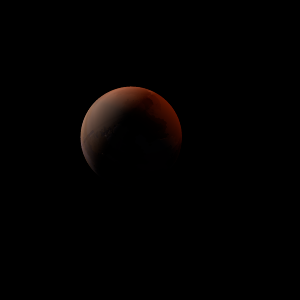|
|
Space Astro
|
Info for exoplanet "Kezapobu"
| Scientific (actual) data |
|---|
| Name | BD+48 740 b |
| Planet status | Confirmed |
| Mass sini | 1.7 |
| Orbital period | 733 |
| Semi major axis | 1.7 |
| Orbit eccentricity | 0.76 |
| Discovered | 2012 |
| Updated | 2020-03-08 |
| Omega | 100 |
| Tperi | 2454770 |
| K | 54 |
| Publication | Published in a refereed paper |
| Detection type | Other |
| Star name | BD+48 740 |
| Right ascension | 40.74° |
| Declination | 48.93° |
| Mag v | 8.7 |
| Star distance | 678.933 |
| Star metallicity | -0.13 |
| Star mass | 1.09 |
| Star radius | 10.33 |
| Star sp type | K3 III |
| Star temperature | 4534 |
| Wikipedia article | BD+48 740 b |
Back
| |
| Fictional info (?) |
|---|
| Suggested name | Kezapobu |
| Planet type | Cold planet |
| It is the coldest planetary atmosphere in its solar system, with a minimum temperature of 58°K (-215°C), and has a complex, layered cloud structure with ammonium hydrosulfide (NH4SH) thought to make up the lowest clouds, and carbon dioxide the uppermost layer of clouds. |
| Atmosphere | Carbon dioxide | 67% |
| Ammonium hydrosulfide (NH4SH) | 30% |
| Hydrogen peroxide | 1.5% |
| Carbon monoxide | 0.0065% |
| Atmospheric pressure | 2 bar |
 |
| No known satellites |
| Google search for Kezapobu |
|
Website by Joachim Michaelis
|
|
|
|